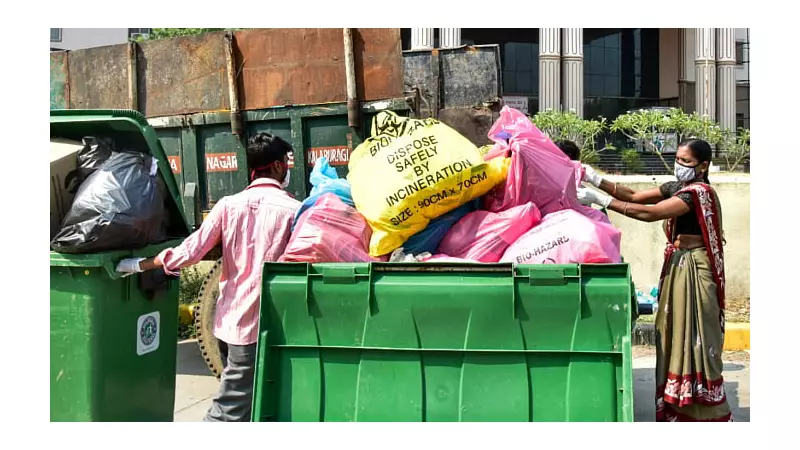
India's ambitious Swachh Bharat Mission marked a revolutionary chapter in the nation's public health narrative, achieving what many considered impossible - constructing over 100 million toilets and declaring the country open defecation free. Yet, as the dust settles on this monumental achievement, a more complex reality emerges about the unfinished business of true cleanliness.
The Sanitation Success Story
The numbers tell an impressive story. From barely 40% toilet coverage in 2014, India skyrocketed to near-universal access, with rural sanitation coverage jumping to over 99%. This wasn't just about building infrastructure; it represented a fundamental shift in public consciousness about hygiene and dignity.
Emerging Challenges in Waste Management
However, the mission's success has revealed new frontiers that demand attention. The massive increase in toilet usage has created an equally massive challenge in faecal sludge management. Many areas lack proper waste treatment facilities, leading to environmental contamination and health hazards.
Behavioral Change: The Next Frontier
While toilet construction was the first battle, sustaining usage patterns and proper maintenance represents the next. Many communities still struggle with:
- Consistent toilet usage across all family members
- Proper cleaning and maintenance practices
- Waste segregation at source
- Community ownership of public sanitation facilities
Urban-Rural Disparities Persist
The sanitation journey reveals stark contrasts between urban and rural India. While cities grapple with sophisticated waste management systems, rural areas often lack even basic sludge treatment plants. This divide threatens to undermine the mission's overall impact.
The Way Forward
To complete this unfinished journey, India needs a multi-pronged approach:
- Strengthening waste treatment infrastructure across all tiers of settlements
- Community-led behavioral change programs to sustain toilet usage
- Innovative technologies for affordable waste management solutions
- Policy continuity beyond the mission's initial phase
The Swachh Bharat Mission demonstrated India's capacity for large-scale social transformation. Now, the nation must channel that same energy into addressing the next generation of sanitation challenges to ensure that the cleanliness revolution becomes permanent and comprehensive.





